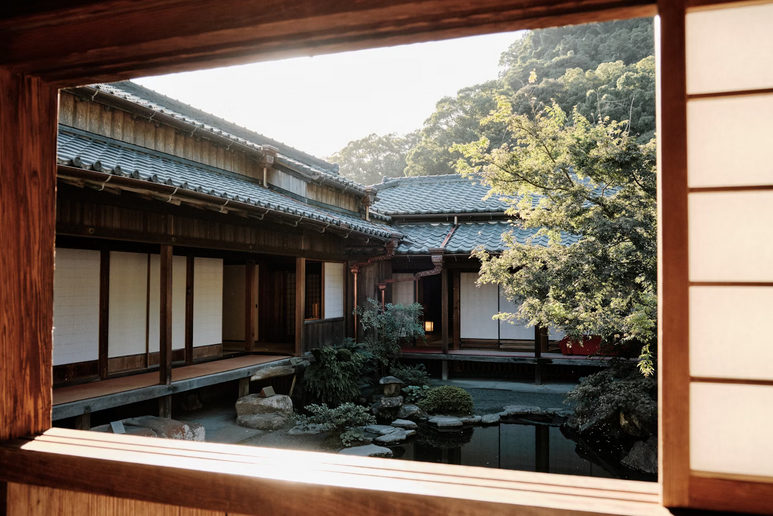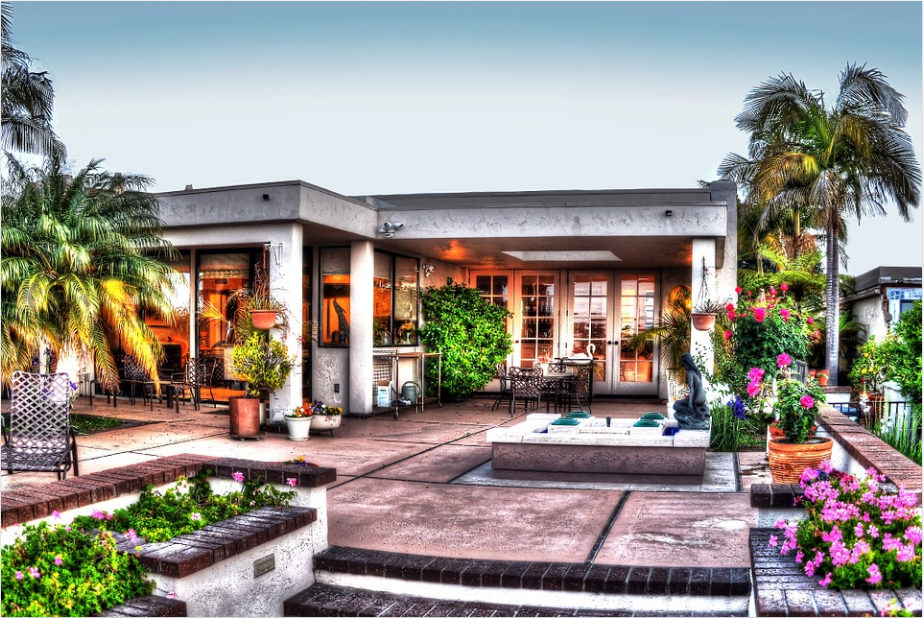Transform Your Backyard: A Comprehensive Guide to Building a Pond at Home
Are you dreaming of a tranquil oasis right in your backyard? Imagine the gentle sound of water cascading over smooth stones, vibrant lilies dancing in the breeze, and colorful fish gliding gracefully beneath the surface. Creating a pond at home is not just about adding aesthetic appeal; it’s an invitation to reconnect with nature, attract enchanting wildlife, and enhance your outdoor living space. Whether you envision a serene retreat for meditation or an exciting environment for family gatherings, this comprehensive guide will walk you through every step of transforming your backyard into a stunning aquatic paradise.
Choosing the Right Location
The first step in building a pond is deciding where to put it. Ideally, you’ll want to choose a spot that gets a mix of sunlight and shade. Too much sun can lead to excessive algae growth, while too much shade can make it hard for plants to thrive. Aim for an area with 4-6 hours of sunlight a day, and make sure the spot is relatively flat to avoid water runoff. Consider your backyard’s layout and how the pond will fit into the overall aesthetic. A pond near your patio or garden can create a beautiful and serene view, but you’ll also want to ensure it’s not too close to large trees that might drop leaves into the water.
Deciding on the Pond Size and Shape
Next, it’s time to think about the size and shape of your pond. If you have a small yard, you don’t need a massive water feature to make a statement. Even a small, circular pond can add character to your outdoor space. However, if you have a larger area to work with, you might want to consider a more expansive pond with multiple levels or even a koi pond. The shape of your pond will largely depend on your style. Some people love the natural, organic look of a pond with flowing curves, while others prefer a more structured, geometric design.
Gathering the Materials

Before building your pond make sure to know how much it cost. This entails all the materials you need to gather. Once you’ve figured out your location and design, it’s time to gather the materials needed to build your pond. You’ll need a pond liner (to prevent water from draining into the ground), stones, gravel, and potentially a pump for circulating the water. The size of your pond will determine how much material you need, so make sure to measure carefully before heading to the store. You’ll also want to pick up some aquatic plants, which help oxygenate the water and add beauty to the pond. Lilies, cattails, and ferns are popular choices, and they’ll give your pond a natural, lush feel.
Digging and Shaping the Pond
The next step is the fun part—digging! Start by marking the outline of your pond with a garden hose or spray paint. Once you have the shape figured out, start digging the hole, making sure it’s deep enough to allow for …





 Do you have weeds in your yard and unpruned shrubs? You can control your landscaping to enhance the curb appeal of your home and improve it. You can be very creative when designing your landscape, especially if you have a large area. Plan your landscape before you start digging. Make a sketch and decide what kind of plants you want to have in your garden. To have a beautiful garden, you need to plan for both growth and maintenance. Tarps can be used as containers for garden waste such as tree and shrub clippings. To create a shady area in your garden, you can use tarps to make a shade tent.
Do you have weeds in your yard and unpruned shrubs? You can control your landscaping to enhance the curb appeal of your home and improve it. You can be very creative when designing your landscape, especially if you have a large area. Plan your landscape before you start digging. Make a sketch and decide what kind of plants you want to have in your garden. To have a beautiful garden, you need to plan for both growth and maintenance. Tarps can be used as containers for garden waste such as tree and shrub clippings. To create a shady area in your garden, you can use tarps to make a shade tent. Mold can be a problem in your home. Mold can make your home smell like a dungeon, and that’s a long way from a castle. Mold can cause allergic reactions and irritate your throat. Mold should be removed immediately if you notice unsightly streaks or black spots. Mold thrives in damp rooms, so it can grow in your home if there has been water damage. Air circulators are an …
Mold can be a problem in your home. Mold can make your home smell like a dungeon, and that’s a long way from a castle. Mold can cause allergic reactions and irritate your throat. Mold should be removed immediately if you notice unsightly streaks or black spots. Mold thrives in damp rooms, so it can grow in your home if there has been water damage. Air circulators are an …

 A kitchen is a place where your family meets several times every day. Modifying the type of kitchen space can alter your home’s appearance. You could look at changing the color or your cupboards’ doors. Do not forget to go to reuse facilities or thrift shops to find out the price. You need to revolutionize your home’s look with contrasting colors. Be cautious in picking appliances; ensure that you choose cheap and effective ones. This keeps your house up to date and can help save money.
A kitchen is a place where your family meets several times every day. Modifying the type of kitchen space can alter your home’s appearance. You could look at changing the color or your cupboards’ doors. Do not forget to go to reuse facilities or thrift shops to find out the price. You need to revolutionize your home’s look with contrasting colors. Be cautious in picking appliances; ensure that you choose cheap and effective ones. This keeps your house up to date and can help save money.